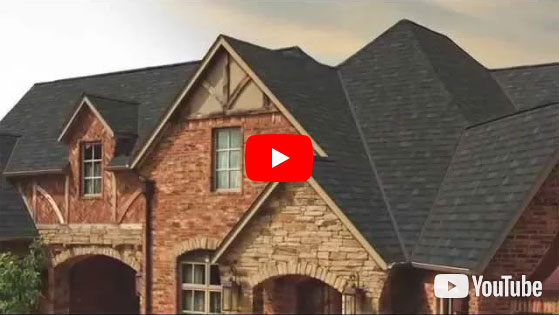| Installing Attic Ventilation |
Does Your Home Have a Properly Functioning Attic Ventilation System?
Every home has a roof, but is every roof properly ventilated to prevent premature roof deterioration or roofing system failure? While current building codes use specific design criteria to reduce the likelihood of moisture problems in unvented attic systems, the most common and time-tested approach is to provide proper ventilation under the roof assembly. Proper attic ventilation is a balanced system of intake and exhaust that allows a continuous flow of air. It not only helps to reduce heat and moisture buildup year-round but it can prolong the life of the building materials. Attic ventilation combined with properly installed insulation can assist with the longevity and performance of a roofing system by helping to prevent ice dams, aiding in reducing energy consumption, and keeping attic temperatures cooler in the summer and the space drier in the winter.
 |
|
|
|
Advances in Residential Asphalt Roofing Systems
|
Through industry research and technology improvements, shingle products have advanced over the past century to become even more beautiful, affordable and durable. The Asphalt Roofing Manufacturers Association (ARMA) highlights the key points why asphalt shingles are an excellent choice for any residential roofing system. Watch the video to learn more.
 |
Attic Ventilation Best Practices for Steep Slope Asphalt Shingle Roof Systems |
| A properly installed attic ventilation system can help provide many benefits to your home’s roof, such as helping to remove heat and moisture from an attic space. This technical bulletin showcases what attic ventilation is, how to achieve it, and the important components to an effective attic ventilation system. |
|
|